You may have heard a lot about essential oils, diffusers, and nebulizers recently. Perhaps a coworker or family member gushing about their “brand new essential oil diffuser” or something similar. However, you might be wondering what are essential oil diffusers? It is actually quite straightforward.
Essential Oil Diffuser Basics
A diffuser, in the broadest meaning, is a device that disperses something over a large area. A diffuser for essential oils, takes the pleasant-smelling, therapeutic essential oils and disperses (diffuses) them throughout your home or office.
An oil diffuser can be broadly defined as anything that emits essential oils. There are several types of essential oil diffusers available today. And if you are thinking about purchasing one, there are a few things you should know about each type before making a final choice.
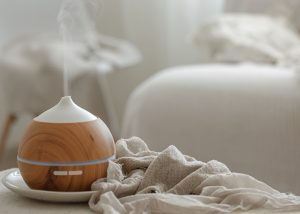
Essential oil aroma diffuser humidifier diffusing water articles in the air.
The History of Diffusing Essential Oils
Essential oils have been used for purification, mental therapy, and spiritual wellness for thousands of years. They were utilized by most of the ancient civilizations, including the Egyptians, Romans, Greeks and Chinese. Scented oils were widely used in cosmetics and fragrances, as well as in medicine and even to improve the taste and shelf life of foods and wines.
As early as the first century, Greek physician and botanist Dioscorides wrote about oils and their medicinal abilities! Essential oils have a wide range of uses, many of their advantages (including their pleasant aroma) can be obtained just by inhaling them. But the essential oil must first be distributed into the air by an oil diffuser before it can be inhaled.
Oil Diffusion in Ancient Times
Only primitive means of oil dispersal were available in ancient times. Diffusion through evaporation was the simplest approach. Oils could be absorbed into cloth, wood, clay, or even hair and allowed to slowly dissipate their aroma into a tiny space. This approach is convenient because it can be done anywhere. However, the perfume does not spread much or emit much odor.
Diffusion, which uses heat to distribute the perfume, is another option. Lighting an unscented candle for several minutes to allow some of the wax to melt is a simple example of this that can be done at home
Before the candle cools, blow it out and mix some essential oil into the melting wax. Then relight the candle and breathe in the fresh scent. While the simplicity of this strategy is a big plus, it also has a lot of drawbacks. Of course, candles must be handled with caution, but essential oils are very combustible and pose an additional threat to heat diffusion.
Another option available in ancient times was steam diffusion. In a room, scented oils were put next to a kettle of boiling water. The oils were heated by the boiling water, which causes them to disperse quickly throughout the room through evaporation. This approach works rapidly, but it necessitates ongoing maintenance to replace evaporated water and oils.
Commercial essential oil diffusers solve many of these problems and make reaping the benefits of essential oils much easier. There are several types of oil diffusers available today.
Each of which uses one of four diffusion methods: Nebulization, Ultrasonic or humidification, Evaporation, or Heat.
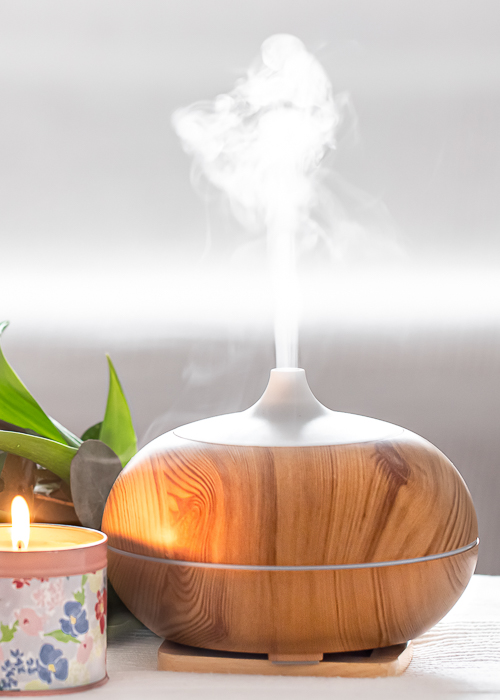
Aromatic oil diffuser lamp on the table on a blurred background with a beautiful spring bouquet of tulips and burning candles .
Nebulizing Essential Oil Diffusers
A steady air supply is used by nebulizing diffusers. A tiny tube carrying essential oils is blown with a jet of air. This air stream generates a vacuum, pulling the oils out of the tube and spraying them in a thin mist into the air.
This method of diffusion disperses the oil in the form of tiny droplets into the air without diluting or otherwise modifying it. As a result, nebulizing is frequently regarded as the most effective method of oil diffusion. Nebulizing oil diffusers are so powerful at dispersing essential oils throughout a space. Most come with air flow controls and timers that allow the distribution to be controlled throughout the day. On the downside, this technique can generate some noise, which some people do not like.
Ultrasonic Essential Oil Diffusers
Ultrasonic diffusers work on a completely different principle, although they nevertheless produce a mist or humidification of the essential oils.
A tiny disk vibrates rapidly in water that has been infused with essential oils in an ultrasonic diffuser. The oil and water are broken up into tiny molecules, which spread into the air as a result of the vibration.
While converting a liquid into a vapor normally necessitates the use of heat, this approach achieves the same result without the use of heat. This sort of diffuser is perfect for individuals who simply require a small amount of oil to be diffused throughout a space. The oil is first diluted with water and then depends exclusively on the room’s natural air currents to disseminate. The soothing sound of trickling water produced by these diffusers may make it a tempting option for some.
Evaporative Essential Oil Diffusers
Evaporative diffusers are a more sophisticated version of the most basic essential oil diffusion technology. Oils that have been dripped onto a filter or other surface are blown on with a tiny fan.
The fan’s blowing air causes the oils to evaporate more quickly than they would otherwise, dispersing the aroma throughout the space. One important disadvantage of this strategy is that the lighter sections of the oil evaporate and disperse more quickly than the heavier portions. This results in an imbalanced delivery, with the lighter components released first and the heavier components released later. The medicinal characteristics of the oils may be harmed as a result of fractionation. The fan does not rely only on the room’s currents, it enables for a fast diffusion of the aroma across the space.
 Heat Essential Oil Diffusers
Heat Essential Oil Diffusers
Heat diffusers are similar to evaporative diffusers in that they use heat to disperse the oils into the air instead of air.
But Heat diffusers have the same limitations as evaporative diffusers. Namely the potential for oil fractionation, but they work completely silently, making them a popular diffuser choice. The best heat diffusers employ extremely low temperatures to allow oils to slowly evaporate without changing their properties.
Although simple forms of heat diffusion, such as candle diffusion, are still used today. There are numerous innovative applications, such as lamp ring diffusers that are placed directly on a lamp’s bulb and diffuse the particles utilizing the bulb’s excess heat.
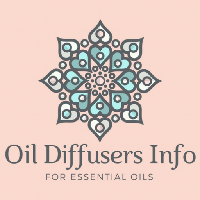
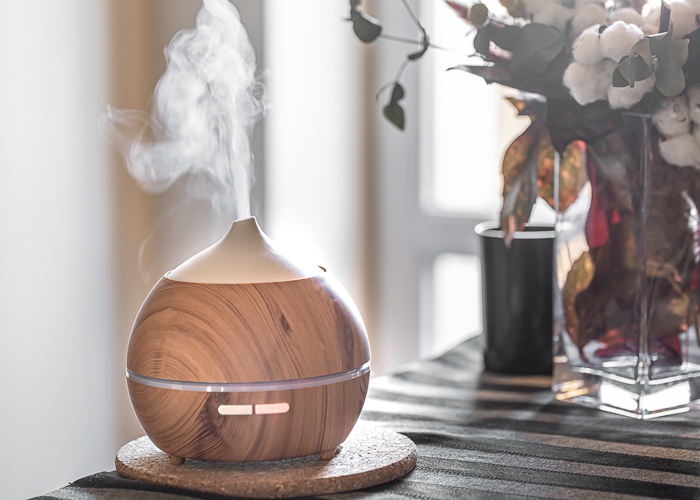
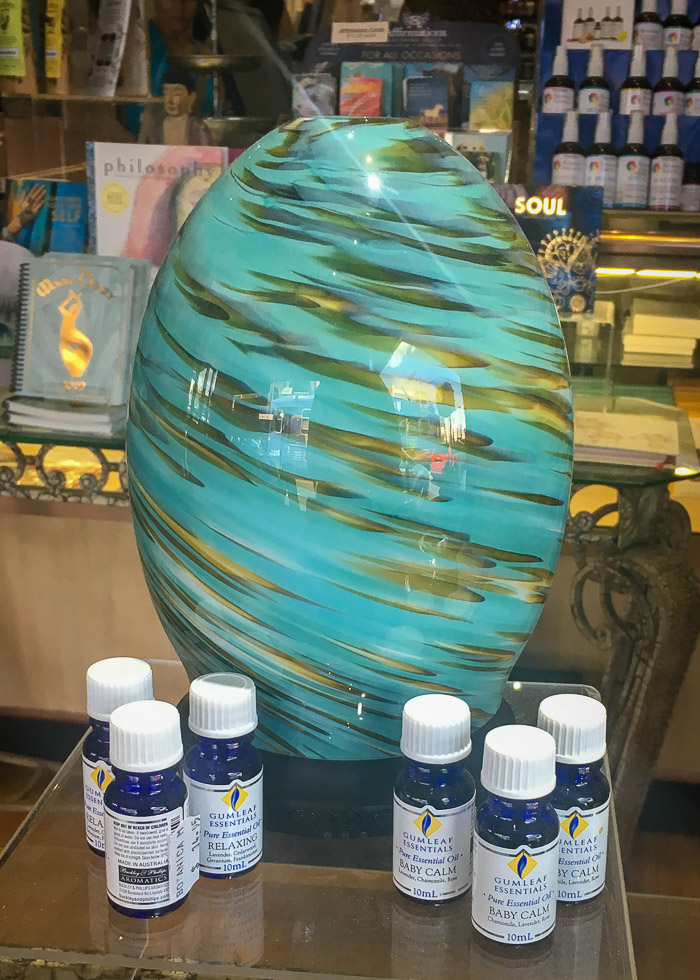 Heat Essential Oil Diffusers
Heat Essential Oil Diffusers